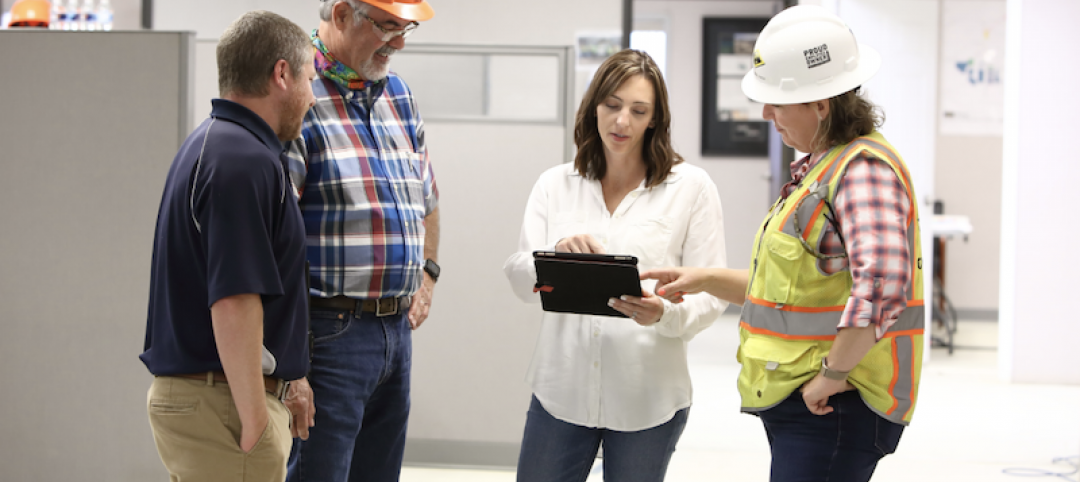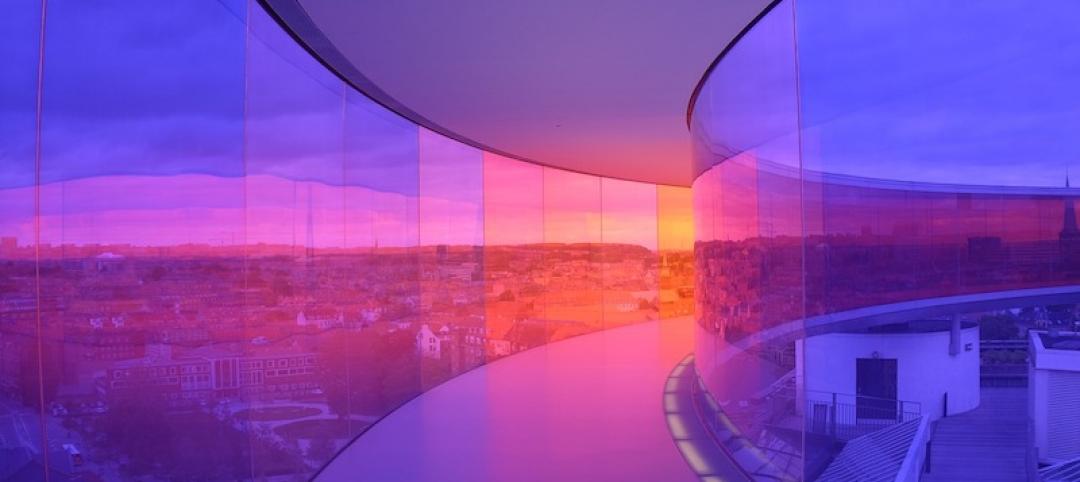Los Angeles reversed course last month on a regulation that had barred skyscrapers from having slanted roofs or spires. Most high-rises in the city have flat-topped roofs due to a decades-old rule meant to boost fire safety by requiring helicopter landing pads atop tall buildings.
The rule was unique among large cities in the U.S., according to city officials. New technology and design techniques have removed the need for such a rule, city officials say.
Architects had decried the old rule, saying it restricted creative building tops and prevented L.A. from having a distinctive skyline.
Under the new rule, builders will be able to construct high-rises that don’t have a helicopter pad on the roof if they include other safety features such as a fire service elevator or another set of exit stairs, automatic sprinklers, and a video surveillance system.
“Anyone who’s been to New York or cities like Shanghai, Hong Kong, and even San Francisco can see how the tops of building can help to define the identity of a city,” former City Councilman Mike Woo told the Los Angeles Times. “But for Los Angeles, for years, we have limited ourselves.”
(http://www.latimes.com/local/lanow/la-me-ln-skyscraper-flat-top-fire-rule-spires-20140929-story.html)
Related Stories
Codes and Standards | Aug 12, 2021
AGC pushes for more environmentally friendly construction
Contractor trade group supports government investment, tax incentives to reduce carbon footprints.
Codes and Standards | Aug 11, 2021
Decentralized approach to codes means emissions reduction responsibility falls on local officials
Efficiency advocates focusing more on local code amendments.
Codes and Standards | Aug 10, 2021
Dept. of Energy issues model energy code determinations for commercial, residential buildings
2021 IECC offers 9.4% site energy savings.
Digital Twin | Aug 9, 2021
Digital Twin Maturity white paper offers guidance on digital twin adoption
Provides lifecycle map and an approach for incorporating digital twins.
Codes and Standards | Aug 5, 2021
Contractors can be liable for building failures many years after project completion
Personal injury suits could be brought decades after substantial completion.
Codes and Standards | Aug 4, 2021
Mass timber is a natural choice for building recycling through deconstruction
Designing wood buildings to optimize recovery of materials for disassembly aids carbon sequestration.
Codes and Standards | Aug 3, 2021
Dept. of Energy releases initial version of the Spawn of EnergyPlus software
Targets new use cases in advanced controls, district systems, and grid integration.
Codes and Standards | Aug 2, 2021
Several U.S. cities among most expensive places to build in the world
San Francisco, New York, and Boston head the domestic list.
Codes and Standards | Jul 28, 2021
American Concrete Institute creates new director of innovative concrete technology post
Aim is to attract emerging technologies for development.
Codes and Standards | Jul 28, 2021
Higher ed faces infrastructure backlog of $112.3 billion
Study recommends integrated strategic planning for best results.

















